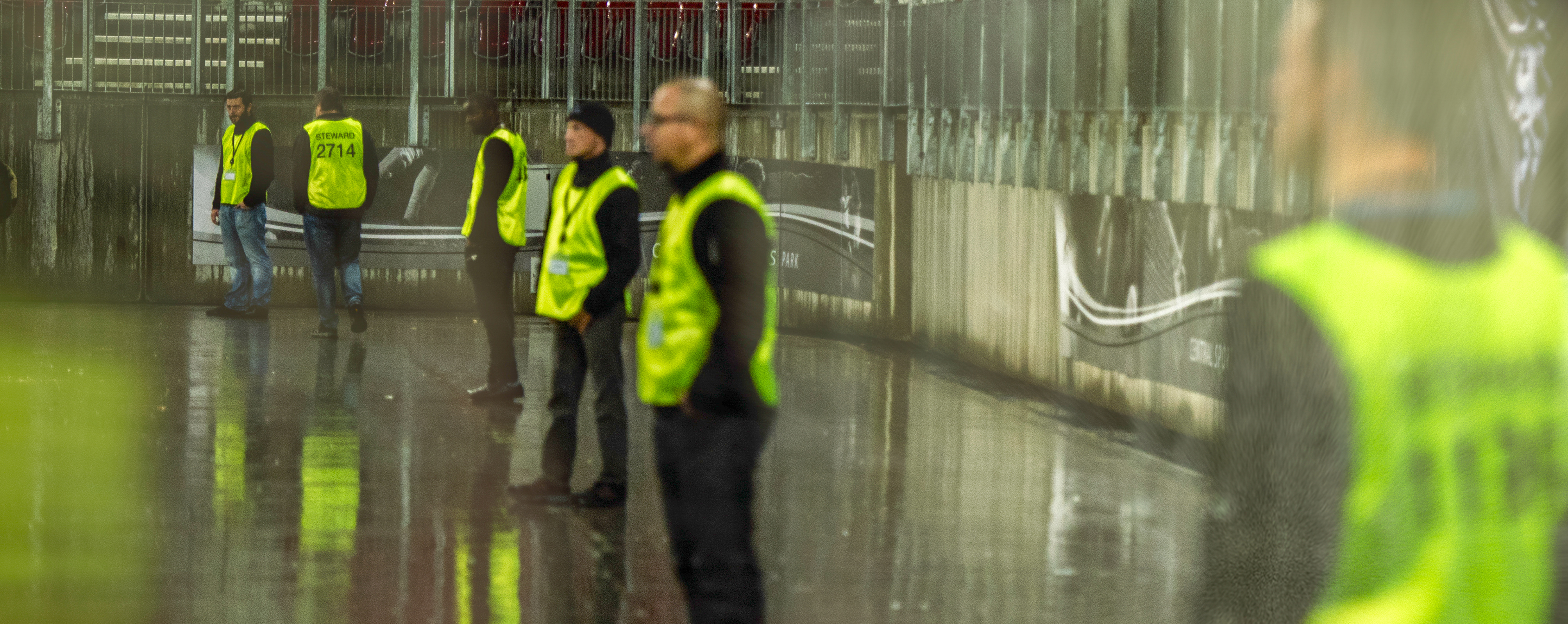1. Introduction
Corporate communications are vital to protective security. A security-minded communications strategy can help deter a range of criminality including terrorism, especially when a target is selected. It can reassure visitors and staff about their safety and security and even recruit them to assist the security effort.
Internal communication to staff and contractors can also be used effectively to help create the right security posture and behaviours. If staff understand the need to follow the right security processes to help detect and report suspicious activity, it can make the organisation, site or event less vulnerable to threats.
Should the worst happen, developing a communications plan in preparation for a terrorist event can help an organisation reduce the impact, recover rapidly and help make sure staff and visitors maintain trust and confidence.
This short guidance provides an introduction and overview of how corporate communications can help protect an organisation, site or event.
Read more about Personnel security training and good practice

2. Security-minded communications
Those planning an attack typically conduct hostile reconnaissance; gathering information is a vital component of planning an attack. Generally, the more sophisticated the attack, the more complex the planning, which requires more information and reconnaissance (but even low sophistication attacks are usually preceded by hostile reconnaissance). Terrorists want their attack to succeed and they require reliable and detailed information to plan effectively and to feel assured of success. They will carry out research into the range and type of security measures, including how effective they are. This presents an opportunity to deter them depending on the type and content of communications that are publicly visible and accessible.
A good security-minded communications strategy will help deter attackers from selecting the organisation, site or event as a target in the first instance because:
-
they are unable to get the information they need online
-
they are concerned about the effective security measures that are in place
Similarly, it will inform and reassure regular users by:
-
demonstrating what is being done to make sure the ongoing safety and security of staff and visitors
-
encouraging staff and visitors to remain vigilant and assist with security and reporting suspicious behaviour
3. Internal communications
Internal communications play a vital role in helping achieve the best security behaviours in staff. These behaviours include being vigilant and reporting suspicious behaviour around an event or site, challenging or reporting people not wearing passes, preventing vehicles or people tailgating, recognising and reporting suspicious emails or approaches online.
NPSA (formerly CPNI) have produced a framework that helps organisations embed these behaviours and a range of communications campaigns that can be easily adapted for an organisation.
Go to: Embedding security behaviour change webpage
4. Counter terrorism crisis communications
If the worst happens, how well an organisation communicates in the aftermath can significantly impact the recovery from an attack. Having an effective communications plan in place in the event of a terrorist event is essential. It will help organisations mitigate the harmful and often long-term effects of a terrorist incident on brand and business reputation, value and continuity. Working in partnership with the Chartered Institute of Public Relations, NPSA have produced specific counter terrorism crisis communications guidance to help organisations develop an effective communications plan.
Go to: Crisis management for terrorist related events webpage
Further Information:
Read more about Hostile Reconnaissance
Go to: NPSA (formerly CPNI) Personnel and people security webpage
For further information on personnel security communications and disrupting hostile reconnaissance speak with your local CTSA.
